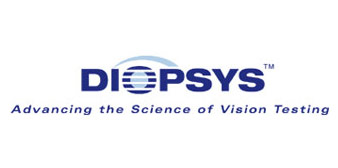Comprehensive Eye Health Evaluation & Vision Testing
A New Low Cost Breakthrough Technology in Eye Exams

Lipiflow is a heat treatment for Meibomian Gland Dysfunction. You may have heard that clogged oil glands are part of the problem for dry eyes. Lipiflow helps to remove these blockages in a warm, soothing way.
Our tears contain three layers — oil (lipid) layer, water (aqueous) layer and a mucin layer. These three layers are responsible for keeping the eye surface lubricated.
With meibomian gland dysfunction, the glands become clogged, causing insufficient oil production for the tear film. The amount of oil or its quality decrease when there is a dysfunction in the glands. MGD causes tears to evaporate too quickly, resulting in dry eyes.

A Diopsys® ERG vision test is a painless, safe, non-invasive way to objectively measure the function of your retina.
When light enters your eye, it is turned into electrical energy by cells in the retina. Pattern ERG, or electroretinography, uses visual stimuli from a computer screen in different patterns and contrasts to elicit that electrical response. The electrical energy created is measured by the Diopsys® ERG vision test, and used to create a report for your doctor. It is similar to an EKG, but for your eyes.

